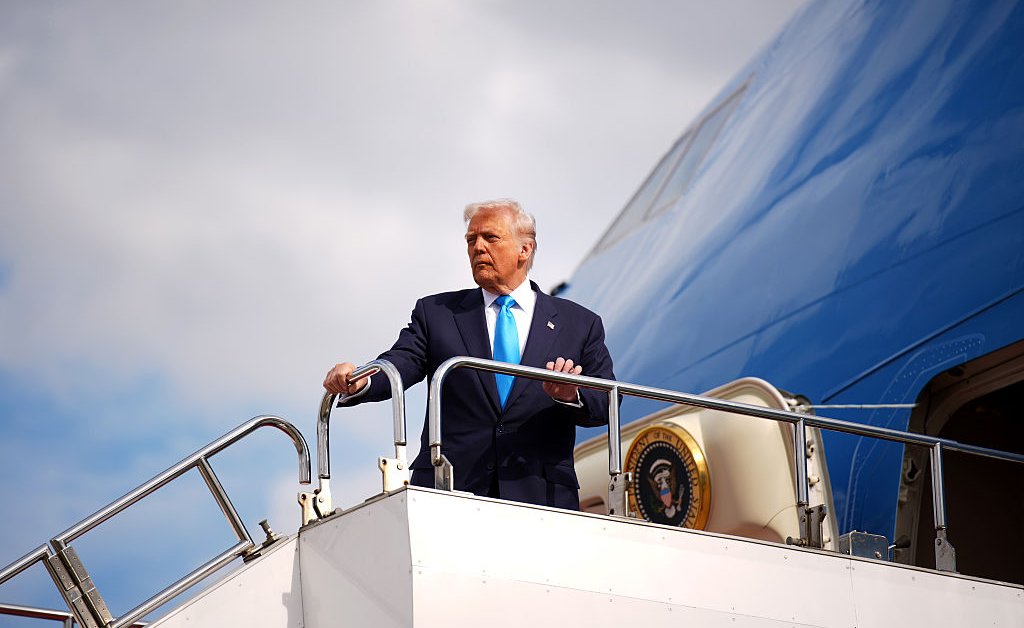President Donald Trump and Chinese President Xi Jinping are set to meet Thursday in Busan, South Korea. U.S. and Chinese negotiators appear close to reaching a series of understandings on tariffs and technology, rare earths and soybeans, and potentially even fentanyl and TikTok.
But after the smiles and handshakes, the two countries will find themselves grappling once again with essentially the same rifts they faced when Trump took office. Even if Trump and Xi actually bless a trade agreement, the world’s two largest economies are likely to sign a relatively small deal. Without establishing a long-term strategy, any agreement Trump signs will fall short of what both nations need to advance peace and economic prosperity.
Diplomatically, Beijing and Washington should be devoting at least as much time to addressing conflicts as to trade. When the day comes that Russian President Vladimir Putin decides to negotiate a cease-fire in Ukraine, can China help ensure the deal holds? The Chinese did remarkably little when American bombers attacked Iranian nuclear facilities, but could they still help nudge Iran’s Supreme Leader toward striking a peace deal as negotiations resume?
Then there are the hotspots in China’s own backyard. Whatever trading relationship emerges from the ongoing talks is only as strong as the peace in the Asia Pacific region. If nothing else, there should be robust discussions about North Korea’s unpredictable leader, Beijing’s territorial claims in the South China Sea, and, of course, Taiwan.
Trump has pointedly refused to discuss how the U.S. would respond to an attack originating from the mainland, which Xi may interpret as a green light.
**The Benefits of a Long-Term Strategy**
There are significant upsides to having regular discussions on difficult issues, including climate policy, Arctic affairs, cybersecurity protocols, artificial intelligence guidelines, intellectual property protection, pandemic preparedness, food safety, United Nations reform, space exploration, financial market access, deep-sea mining rules, quantum computing standards, student visas, human rights, and much more.
It would also make sense to include key Congressional Democrats in these conversations to ensure the process is not interrupted by the next presidential campaign. This inclusion would benefit China as well, which will need reassurance that any agreement will outlast Trump’s administration.
After three decades of growing interdependence, China and America are now intensely focused on untangling their relationship to reduce reliance on each other for critical supply chains. This means bilateral trading volumes and financial flows are likely to continue declining. But the world’s two largest economies and geopolitical rivals cannot settle for conversations limited to terbium and H100 chips.
Xi Jinping has a plan for “the great rejuvenation of the Chinese nation” by 2049, the 100th anniversary of the Communist Revolution. Following this week’s meeting, Donald Trump could outline how the United States plans to engage with China in the coming decades—highlighting areas for cooperation and drawing red lines.
Achieving this would require some uncharacteristically strategic thinking from a famously improvisational president.
https://time.com/7329137/trump-deals-u-s-china-relationship/



